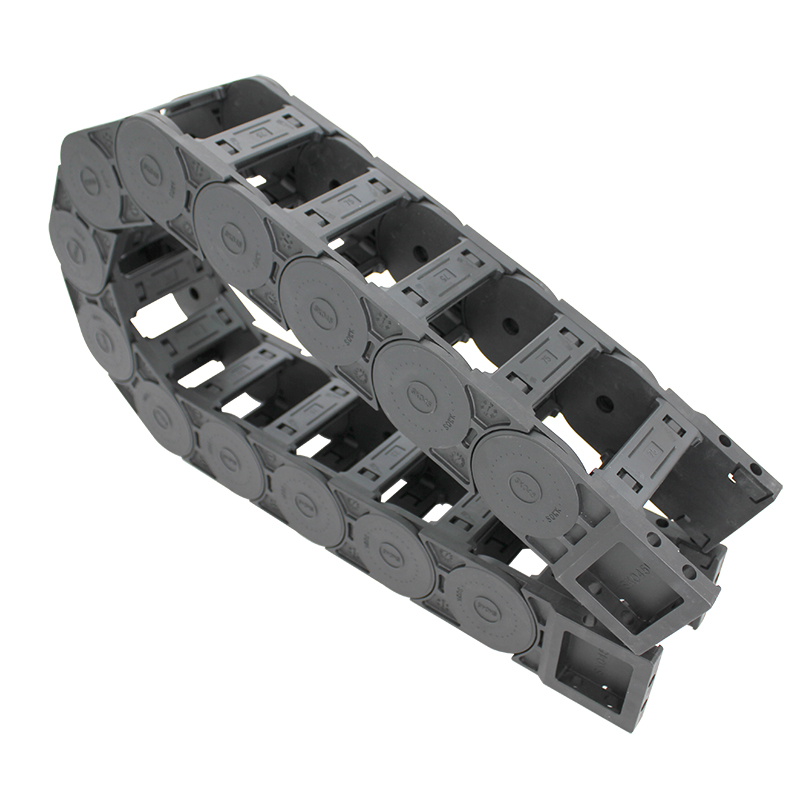telescopic bellow
Understanding Telescopic Bellows Versatility and Applications
Telescopic bellows are an innovative engineering solution that has garnered attention across various industries due to their unique functionality, versatility, and performance. These flexible enclosures are designed to protect mechanical parts from dust, debris, and other environmental factors, thereby extending the life of equipment and ensuring optimal performance. This article explores the construction, applications, and benefits of telescopic bellows.
What Are Telescopic Bellows?
Telescopic bellows are made of flexible materials, often layered to create a robust barrier that can extend or retract as needed. The design typically resembles an accordion, allowing for significant movement in mechanical systems. They are commonly constructed from various materials, including rubber, polyurethane, and other synthetic fabrics that offer excellent durability and wear resistance. This elasticity enables them to adapt to diverse movements, making them reliable for many applications.
Applications
1. Industrial Machinery One of the primary applications of telescopic bellows is in industrial machinery. They are often used to shield guideways, ball screws, and linear bearings from contaminants that could impede operation. By preventing dirt and debris from entering sensitive components, telescopic bellows can significantly reduce maintenance costs and downtime.
2. Robotics In the field of robotics, telescopic bellows provide crucial protection for moving parts. They help in safeguarding actuators and joint mechanisms from environmental factors, ensuring smooth operations in scenarios ranging from assembly lines to surgical robots. The flexibility of bellows allows robots to perform intricate and precise movements without the hindrance of protective casings.
telescopic bellow

3. Automotive and Aerospace Telescopic bellows are also integral in the automotive and aerospace sectors. In vehicles, they act as protective covers for steering columns and drive shafts, while in aircraft, they safeguard critical components from atmospheric conditions. Their ability to withstand significant temperature fluctuations and provide mechanical protection makes them suitable for such demanding environments.
4. Medical Equipment In the medical field, telescopic bellows are used to protect delicate machinery within devices such as MRI machines and robotic surgical tools. The smooth extension and retraction capabilities of bellows ensure that equipment can function without interference from external contaminants, providing safer environments for both patients and healthcare providers.
Benefits
The use of telescopic bellows comes with numerous advantages
- Enhanced Protection One of the main benefits is their ability to protect sensitive components from dust, moisture, and other harmful substances, thereby improving the longevity and reliability of machinery. - Flexibility and Mobility Their telescopic design allows for controlled movement, accommodating both linear and angular motion while remaining flexible enough to handle varied operational demands. - Cost-Effectiveness By reducing wear and tear on machinery, telescopic bellows can help lower maintenance costs and prevent costly repairs, contributing to overall operational efficiency. - Customization Telescopic bellows can be tailored to meet specific requirements, such as size, material, and operational conditions, ensuring a bespoke solution for various applications.
Conclusion
Telescopic bellows are more than just protective casings; they are essential components that enhance the durability and functional reliability of machinery across multiple fields. Their unique design provides flexibility and adaptability, making them indispensable in environments where performance and protection are paramount. As technology continues to evolve, the applications and innovations surrounding telescopic bellows are likely to expand, offering new opportunities for enhancing efficiency and effectiveness in numerous industries. Understanding their capabilities and benefits is crucial for engineers and stakeholders aiming to optimize their mechanical systems and ensure long-term success.








